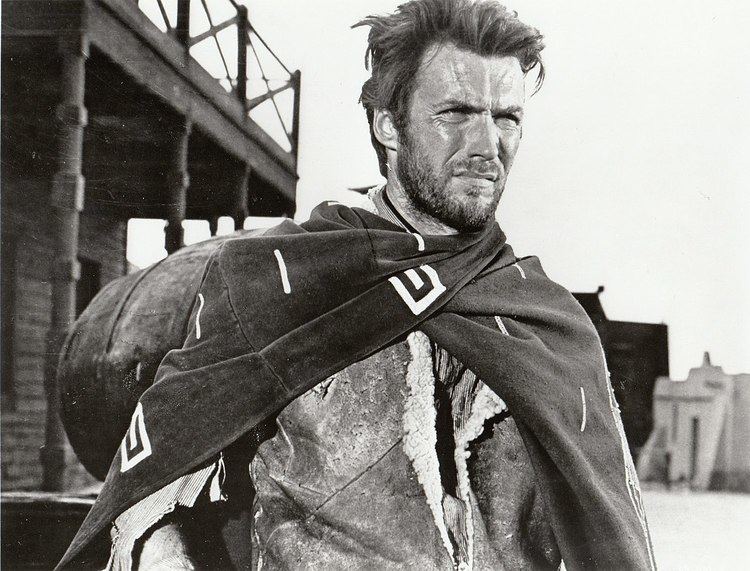 | ||
An antihero, or antiheroine, is a protagonist who lacks conventional heroic qualities such as idealism, courage, or morality. These characters are usually considered "conspicuously contrary to an archetypal hero".
History
The antihero archetype can be traced back as far as Homer's Thersites. The concept has also been identified in classical Greek drama, Roman satire, and Renaissance literature such as Don Quixote and the picaresque rogue. Although antiheroes may sometimes do the "right thing", it is often because it serves their self-interest rather than being driven by moral convictions.
The term antihero was first used as early as 1714, emerging in works such as Rameau's Nephew in the 18th century, and is also used more broadly to cover Byronic heroes as well.
Literary Romanticism in the 19th century helped popularize new forms of the antihero, such as the Gothic double. The antihero eventually became an established form of social criticism, a phenomenon often associated with the unnamed protagonist in Fyodor Dostoevsky's Notes from Underground. The antihero emerged as a foil to the traditional hero archetype, a process that Northrop Frye called the fictional "centre of gravity." This movement indicated a literary change in heroic ethos from feudal aristocrat to urban democrat, as was the shift from epic to ironic narratives.
The antihero became prominent in early 20th century existentialist works such as Franz Kafka's The Metamorphosis (1915), Jean-Paul Sartre's La Nausée (1938) (French for Nausea), and Albert Camus' L'Étranger (1942) (French for The Stranger). The protagonist in these works is an indecisive central character who drifts through his life and is marked by ennui, angst, and alienation.
The antihero entered American literature in the 1950s and up to the mid-1960s was portrayed as an alienated figure, unable to communicate. The American antihero of the 1950s and 1960s (as seen in the works of Jack Kerouac, Norman Mailer, et al.) was typically more proactive than his French counterpart, with characters such as Kerouac's Dean Moriarty famously taking to the road to vanquish his ennui. The British version of the antihero emerged in the works of the "angry young men" of the 1950s. The collective protests of Sixties counterculture saw the solitary antihero gradually eclipsed from fictional prominence, though not without subsequent revivals in literary and cinematic form.
The antihero also plays a prominent role in such films noir as Double Indemnity (1944) and Night and the City (1950), in such gangster films as The Godfather (1972) and Goodfellas (1990), and in Western films, especially the revisionist Western and Spaghetti Western. Lead figures in these westerns are often morally ambiguous, such as the "Man with No Name", portrayed by Clint Eastwood in A Fistful of Dollars (1964), For a Few Dollars More (1965) and The Good, the Bad and the Ugly (1966).
